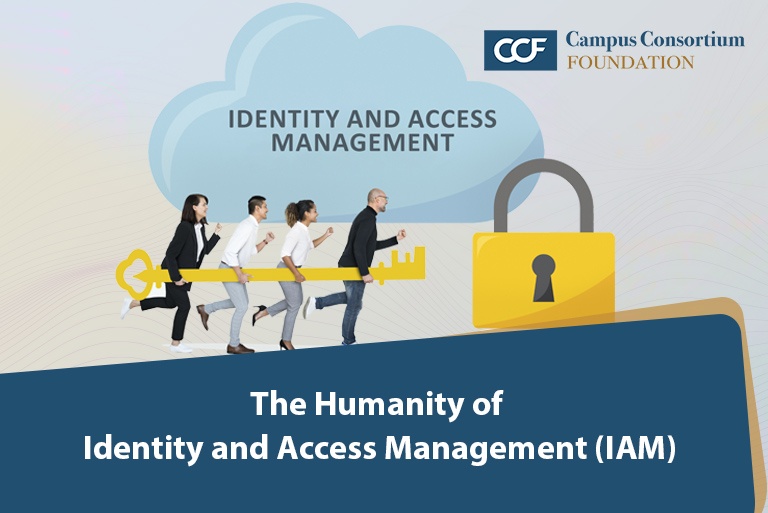Identity and access management (IAM) is often discussed in terms of security, role-based access, zero trust, compliance, and automated provisioning and deprovisioning of accounts. IAM solutions are promoted as solutions that lower risk, create efficiencies, and save money, but usability and organizational culture are sometimes not considered as key necessities. Some societies that can access technology take it for granted as it increasingly integrates into our lives. With the advancement of artificial intelligence, machine learning, and virtual reality, the state of technology becomes more “human” and familiar. It moves technology away from “technical,” “frustrating,” and “threatening” and allows us to relate to and adapt to technology in a way that better suits our “old brains,” or the underlying responses in modern humans, which are thought to have been unchanged in the last 200,000 years.
What is the value of IAM?
The user experience is affected by IAM because it is the gateway to our utilization, empowerment, and optimization of technology. IAM human factor design is important because it impacts everyone in the organization. Even basic IAM design decisions can enrich and improve the experience. For example, asking questions like, What is the value of content and functionality to the user and to the organization? The first rule of IAM is to validate and authorize users who want access to systems and information. IAM solutions should be designed to consider the end user’s perceived disruption caused by validation. Does the level of IAM protection provide value or promote a negative impact on business processes based on the value of the information users are trying to access? As the value of information increases, so does security, and users typically understand the need to protect high-value data like personally identifiable information (PII), proprietary information, or compliance requirements. This idea is just one consideration to encourage increased attention to humanizing IAM. Human factor design is essential to how users perceive an IAM as an enabler or an obstacle.
Want to learn more about how IAM solutions can positively impact your institution? Contact the Campus Consortium Foundation for a free assessment.




